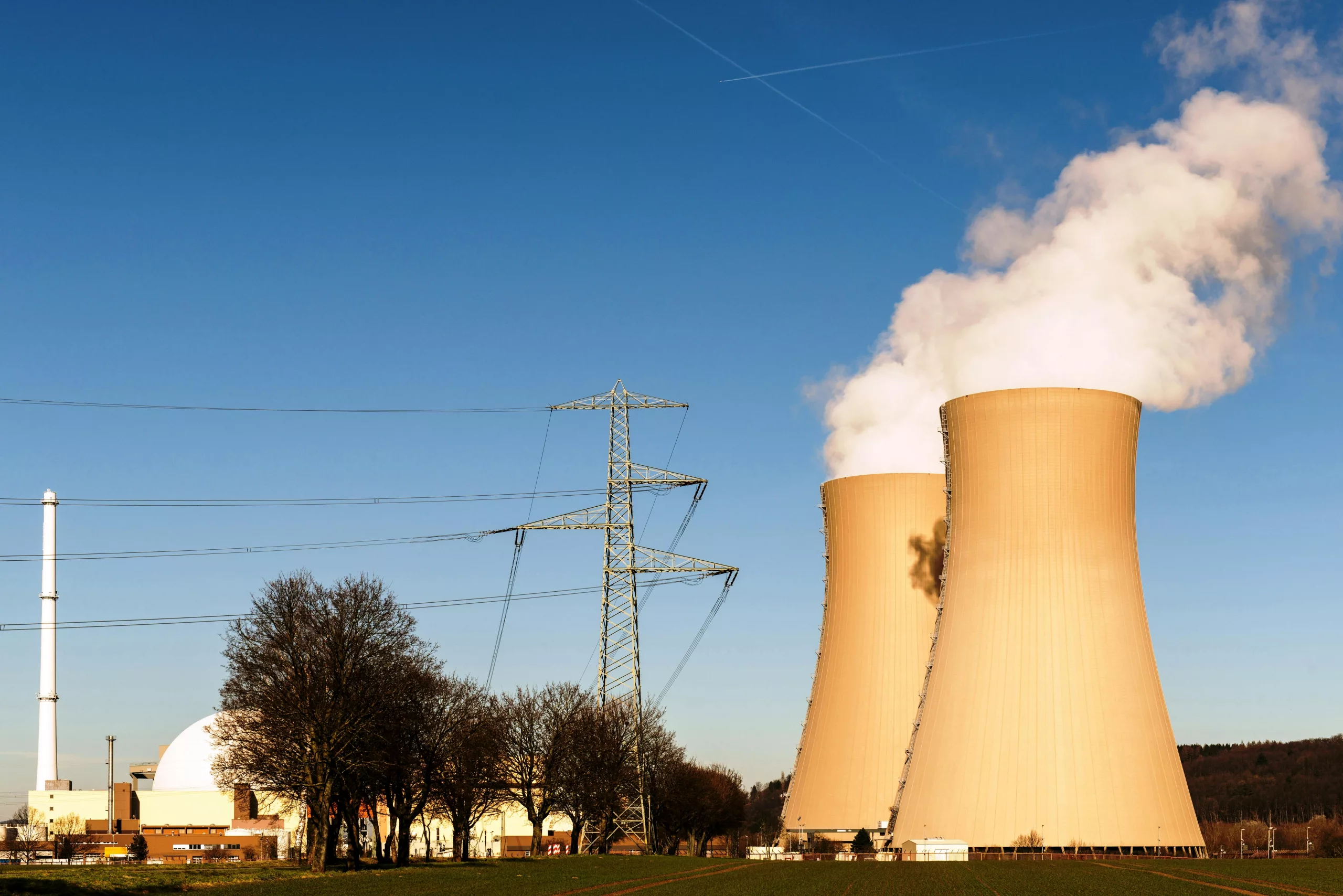What exactly is EROEI? It’s an acronym that stands for Energy Return on Energy Invested, which essentially measures how much usable energy we gain in comparison to the amount we expend to harvest it. Think of drilling for oil, constructing a wind turbine, or even farming – all these activities require a certain amount of energy input. EROEI is the quotient of the energy output divided by this input over the asset’s productive lifespan.
The Historical Perspective of EROEI
From the dawn of agriculture to the zenith of the Industrial Revolution, humanity has always sought more efficient energy sources. The surplus energy from farming sparked civilizations, and the high EROEI of fossil fuels like oil and natural gas fueled massive industrial and economic growth. However, as easily accessible fossil reserves dwindle, we are now turning to unconventional methods such as shale fracturing, which yield far less energy return compared to their traditional counterparts.
The Decline of Fossil Fuel EROEI
Shale oil extraction, for example, delivers an EROEI as low as 1-2:1, while modern agricultural methods hover around 4:1. When it comes to unconventional oil and gas extraction methods, they consume far more energy – and, by extension, cost more in terms of opportunity lost through direct usage of the extracted fuels. Moreover, their short life spans could significantly skew EROEI calculations, amplifying concerns about their economic viability in the long term.
The Importance of Being Above an EROEI of 5:1
An EROEI threshold of about five marks the point where energy costs begin to skyrocket, making some resources economically unfeasible. While unconventional fossil fuels barely scrape by or fall below this benchmark, renewable resources like wind and solar stand well above it, offering a more sustainable solution and questioning the narrative often pushed by the fossil fuel industry.
Renewable Energy’s Rising EROEI
Hydroelectric power stays at the forefront with an EROEI sometimes exceeding 100:1, but its large-scale infrastructure typically requires public funding and federal oversight. In the realm of wind and solar power, detractors may use outdated figures or misleading comparisons to downplay their efficiency. Nevertheless, modern wind farms exhibit impressive EROEI ratios of around 19-20:1.
Comparing Apples to Oranges: Energy Efficiency Misconceptions
Contrasting the heat energy from a barrel of oil with the electrical output from a wind turbine can create false equivalencies. An internal combustion engine car derives only roughly 20% efficiency from petroleum, while an electric car can achieve an 80% efficiency from wind-generated electricity. Similarly, solar panels paired with heat pumps offer a more efficient conversion of energy for heating purposes compared to traditional gas furnaces.
The Misleading Primary Energy Fallacy
Equating all forms of primary energy, such as thermal and electrical, fosters misunderstandings of their actual potential. Renewable sources like wind and solar, when used to power a fully electrified system, could significantly reduce primary energy requirements – an unwelcome reality for the fossil fuel industry.
Renewables and Transportation: The Unseen Revolution
The impact of small electric vehicles, particularly in the developing world, can be astonishing. These vehicles have offset more oil usage than all other EVs combined, demonstrating the potential for less developed regions to leapfrog the inefficient energy stages of the industrialized world.
Biofuels: A Transition Energy Source
Biofuels may not boast the highest EROEI ratios, but they have their place, especially in sectors like aviation and shipping where electrification is more challenging. Synthetic fuels created with green hydrogen, however, suffer from lower efficiencies due to the conversion losses from electricity to fuel, and then again during combustion in standard engines.
The Conclusion: An Efficient Electrified Future
Despite the best efforts of those invested in fossil fuels to sow doubt, a move toward electrification and renewable energy sources promises a more efficient and sustainable future. This change signifies an enormous economic shift away from our reliance on burning vast quantities of fossil fuels, marking a pivotal step in the global energy transition.
